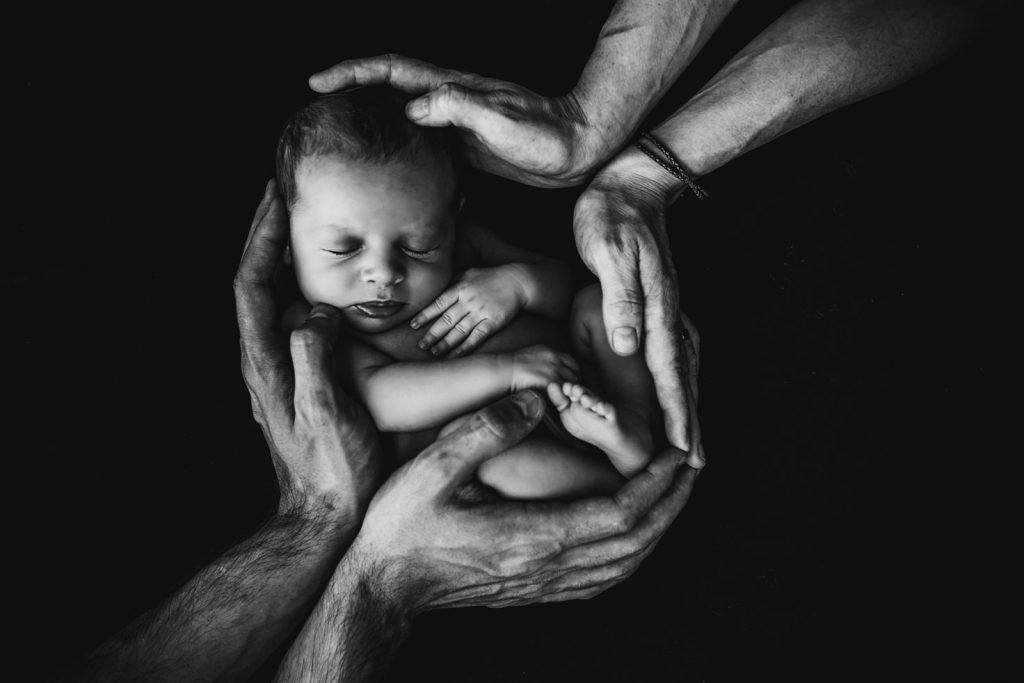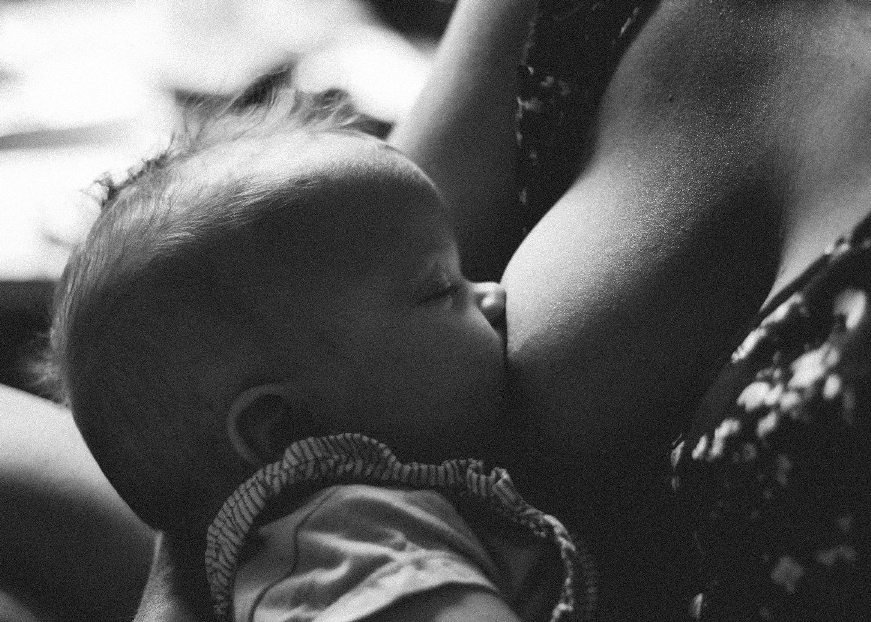Giving birth is a life-changing event, both emotionally and physically. One of the physical changes new mothers experience is retaining some baby weight, which is a normal part of postpartum recovery. Your body undergoes a series of remarkable changes to support the arrival of a new baby. But once the baby is born, the journey of change doesn’t end.
Postpartum Changes in the Body: Physical and Mental Transformations
In the postpartum period, your body begins to heal and adapt to its new normal. This is a time filled with a mix of challenges and beautiful moments. Let’s explore changes and what they mean for your recovery.
Immediate Changes After Giving Birth
In the first few weeks postpartum, your body is in recovery mode. One of the earliest changes you might notice is vaginal discharge, also known as lochia. It’s your body’s way of shedding the uterine lining after giving birth.

The discharge is initially bright red and heavy, similar to a period, but it gradually lightens and becomes less frequent over the next several weeks. That is normal and indicates the healing process is underway.
Rapid uterine contractions following childbirth can lead to abdominal pain or cramps. This is part of the normal process of involution, where the uterus returns to its pre-pregnancy size and condition.
Another immediate change is breast engorgement, which often occurs around the third or fourth day postpartum. Your breasts swell as they fill with milk, preparing for breastfeeding. That could be uncomfortable, but wearing a supportive bra and using warm compresses before nursing often eases the discomfort. If you’re not planning to breastfeed, cold packs reduce swelling and alleviate pain.
Recovery of the Pelvic Floor Muscles
The pelvic floor muscles endure a lot during pregnancy and vaginal delivery. Muscles support your bladder, uterus, and bowels; after giving birth, they could be weakened or stretched. Many new mothers experience issues like urinary incontinence or pain due to the stress placed on their muscles.
Assessing the risk factors associated with pelvic floor issues will determine the need for preventative measures to mitigate complications. Pelvic floor exercises, such as Kegels, strengthen muscles and improve bladder and bowel control.
If symptoms persist, consult a healthcare provider for guidance and possibly seek pelvic floor rehabilitation.
Common Postpartum Pelvic Conditions
After giving birth, it’s common to experience conditions related to a weakened pelvic floor, including:
- Urinary incontinence (leaking urine)
- Fecal incontinence (difficulty controlling bowel movements)
- Pain during sex or in the pelvic region
- Lower back pain
- Diastasis recti (separation of abdominal muscles)
Your pelvic floor is vital for several bodily functions, from supporting your organs to aiding in urination and bowel movements. If you experience any of these conditions, especially if a healthcare provider dismisses them as “normal,” it’s wise to seek a second opinion.
Hormonal and Emotional Changes

Baby Blues
The postpartum period is also marked by hormonal shifts. The hormonal changes may affect your mood, leading to the so-called baby blues. The experience is a common one in the first few days postpartum. However, if feelings of sadness or anxiety persist beyond the initial weeks postpartum, it could be a sign of postpartum depression, a serious condition that requires professional attention.
Societal Pressures
In addition to emotional challenges, many new mothers face societal pressures related to baby weight. Retaining some weight post-delivery is normal, but unrealistic comparisons to celebrities can add emotional stress. Maintaining a healthy lifestyle is important for weight loss, but be sure to acknowledge the emotional challenges that come with the process.
Hair Loss
Hormones also affect the body physically. Many women experience hair loss during the postpartum period. According to the American Pregnancy Association about 40-50% of women actually experience hair loss. It occurs as estrogen levels, which were heightened during pregnancy, begin to drop.
Although alarming, hair loss during pregnancy is typically temporary. Most women notice their hair returning to its pre-pregnancy state within a few months postpartum.
Physical Changes and Adjustments
Pregnancy and childbirth lead to various physical changes that continue well into the postpartum period. The abdominal muscles, for example, may feel weak or stretched due to the strain placed on them during pregnancy. Some women experience a separation of the abdominal muscles, known as diastasis recti, which may require targeted exercises or even physical therapy to correct.
Retaining some baby weight is a normal part of postpartum recovery. It’s important to maintain a healthy lifestyle to facilitate weight loss while acknowledging the emotional stress that can accompany the process.

Stretch marks are another common physical change. They often appear on the abdomen, breasts, thighs, and buttocks as the skin stretches during pregnancy. While they may fade over time, they usually don’t disappear completely. Using moisturizers and oils improves skin elasticity and the appearance of marks.
Taking a warm shower or using warm compresses, along with gentle massage, alleviates discomfort and facilitates milk flow for those who are nursing or pumping.
Changes to your veins are also typical. Varicose veins may develop due to increased blood volume and pressure during pregnancy. Veins may diminish in appearance postpartum, but some may remain. Compression stockings may reduce discomfort and swelling caused by veins.
Breast Changes and Lactation
For many women, breastfeeding is a new experience that brings its own set of challenges. As your milk comes in, breasts swell and could become tender. The process, known as breast engorgement, could be particularly uncomfortable. Regular breastfeeding or pumping maintains a healthy milk supply and prevents engorgement. If you decide to stop breastfeeding, wearing a supportive bra and avoiding nipple stimulation will ease the transition.

Breastfeeding also requires increased hydration and calorie intake. Eat healthy foods to support both your recovery and milk production. Staying hydrated is equally important, especially since dehydration impacts the milk supply.
Addressing Common Health Concerns
Postpartum checkups will confirm that you’re healing properly and address any health concerns that may arise. Conditions like deep vein thrombosis (DVT), a blood clot in the legs, are rare but serious concerns during the postpartum period. Symptoms such as pain, swelling, and redness in one leg should not be ignored, and immediate medical attention is advised.

Other common concerns include persistent headaches or trouble urinating. Symptoms could indicate underlying health issues that need to be addressed. Regular postpartum checkups will detect and manage concerns early on, providing a smoother recovery process.
Welcoming Your Postpartum Body
The postpartum body is unique and constantly evolving. While some changes are temporary, others may be permanent. What’s most important is to give yourself time and grace to heal. Remember, your body has just accomplished something incredible—giving birth to a new life.
Baby weight is a natural part of this journey. It’s normal to retain some weight post-delivery, and it’s important to avoid unrealistic comparisons to celebrities. Focus on maintaining a healthy lifestyle to facilitate weight loss while acknowledging the emotional stress that can accompany the process.

Welcome changes as part of your journey. Understand what’s happening, know when to seek help, and trust that your body will find its new normal in time. With proper care, support, and information, you get to deal with the changes confidently and healthily.
Why Choose Dr. Kristal Lau for Postpartum Wellness
Dr. Kristal Lau, a renowned postpartum wellness coach and MD, offers personalized health plans tailored to the needs of new mothers. With over 13 years of experience in private and public healthcare, Dr. Lau specializes in helping families thrive after the baby was born. Her expertise combines conventional and alternative healthcare approaches, making her one of the top experts in postpartum wellness.
To learn more about creating a personalized postpartum plan, schedule a consultation with Dr. Kristal Lau.
FAQs About Postpartum Changes
What should I eat to support recovery postpartum?
A balanced diet with whole grains, lean proteins, fruits, and vegetables is necessary. Stay hydrated, especially if breastfeeding, and focus on high-fiber foods to aid digestion.
When should I see a doctor for postpartum symptoms?
Attend all scheduled checkups, and seek immediate care if you experience severe pain, heavy bleeding, signs of infection, or extreme mood swings.
Can I prevent stretch marks after pregnancy?
While you can’t prevent stretch marks entirely, keeping the skin moisturized and hydrated will help. Most stretch marks fade over time but may not disappear completely.
Why are postpartum checkups important?
Visits monitor your recovery, identify any complications, and provide a platform for discussing both physical and emotional well-being.
